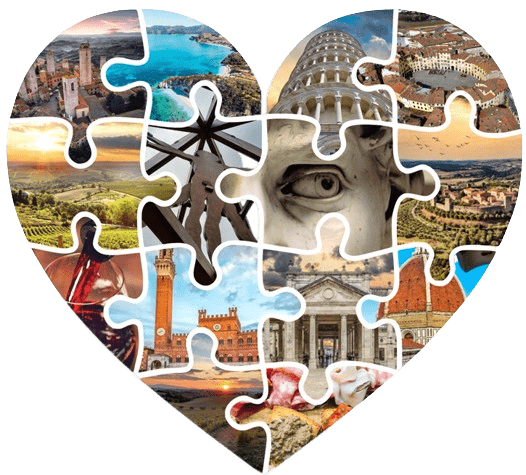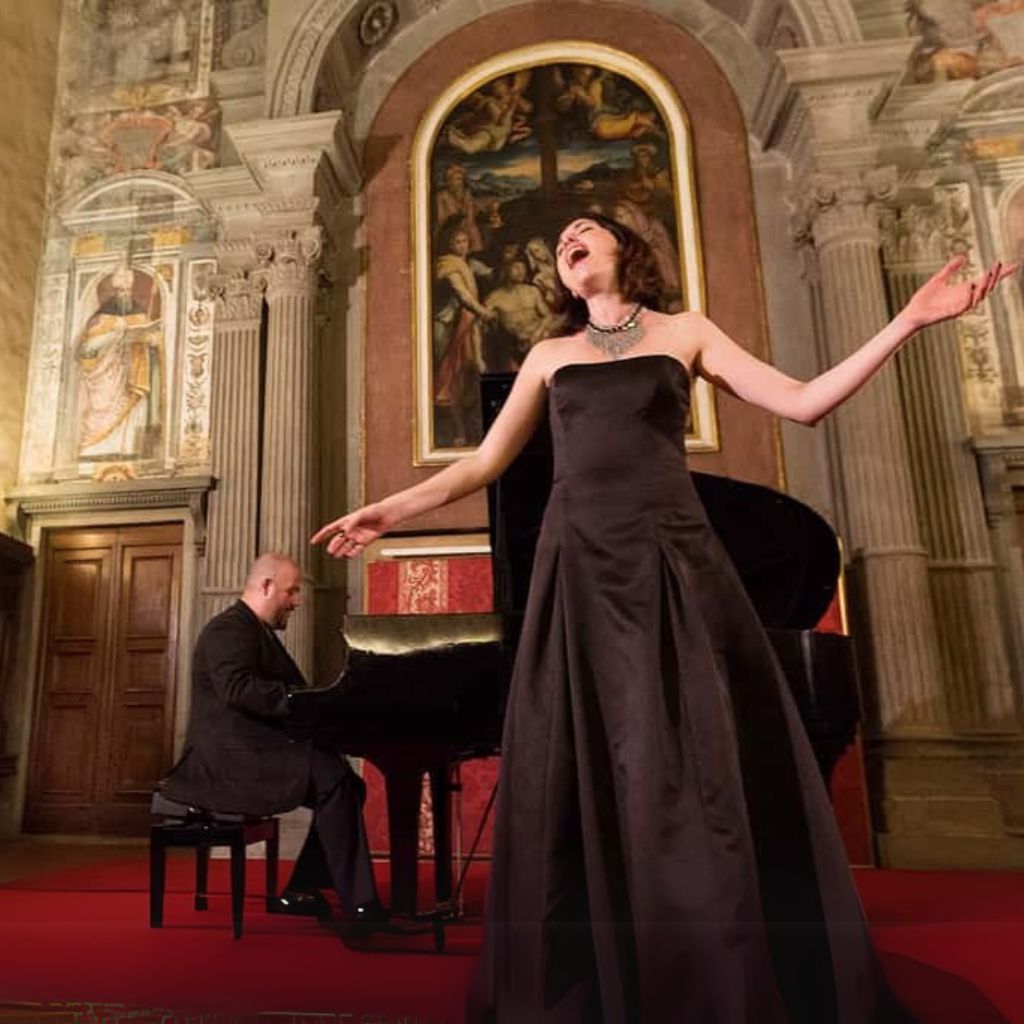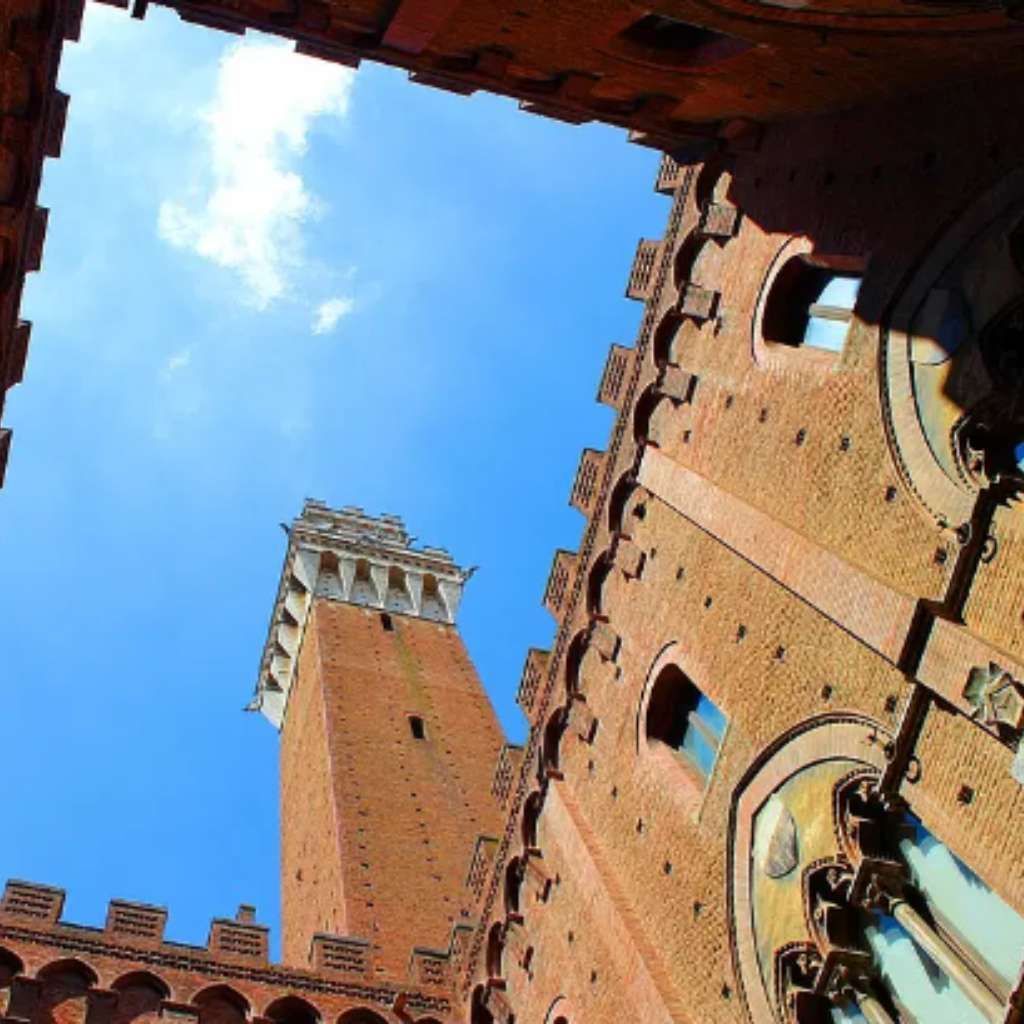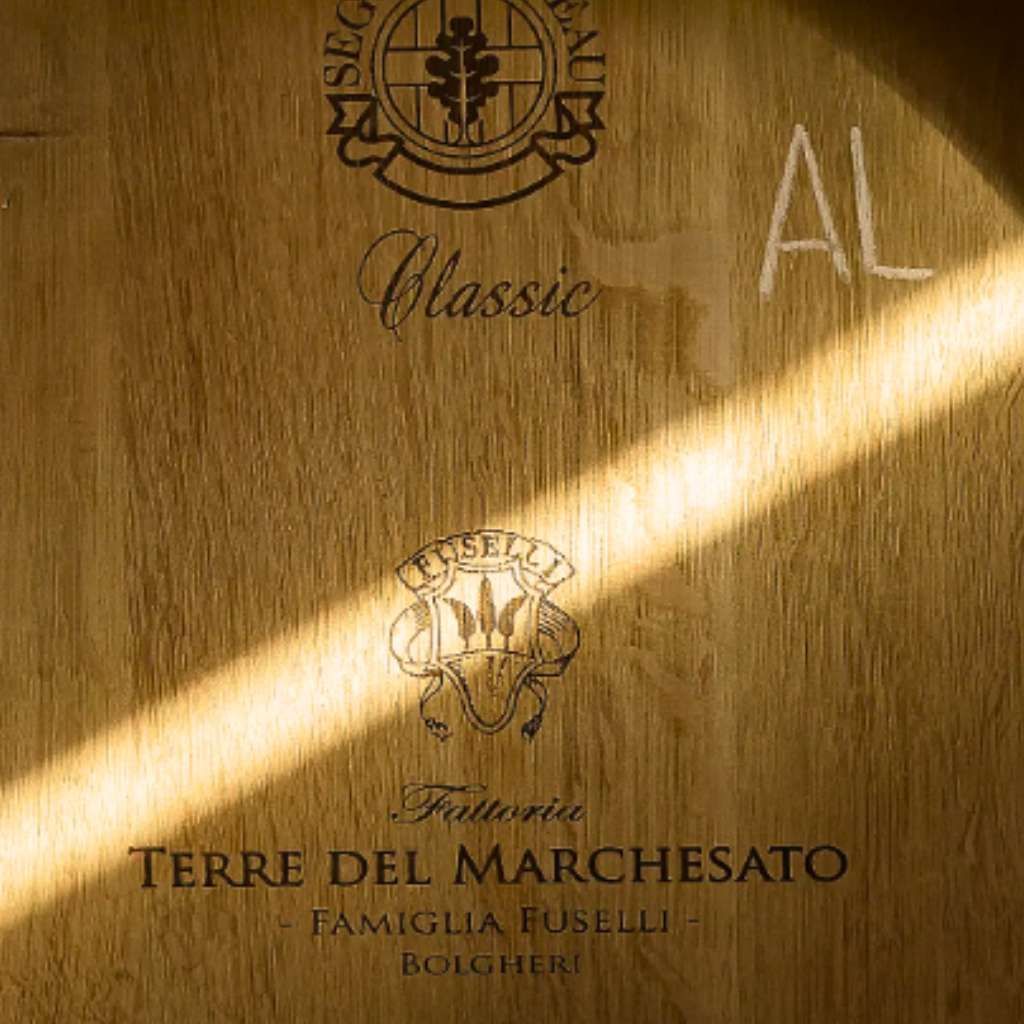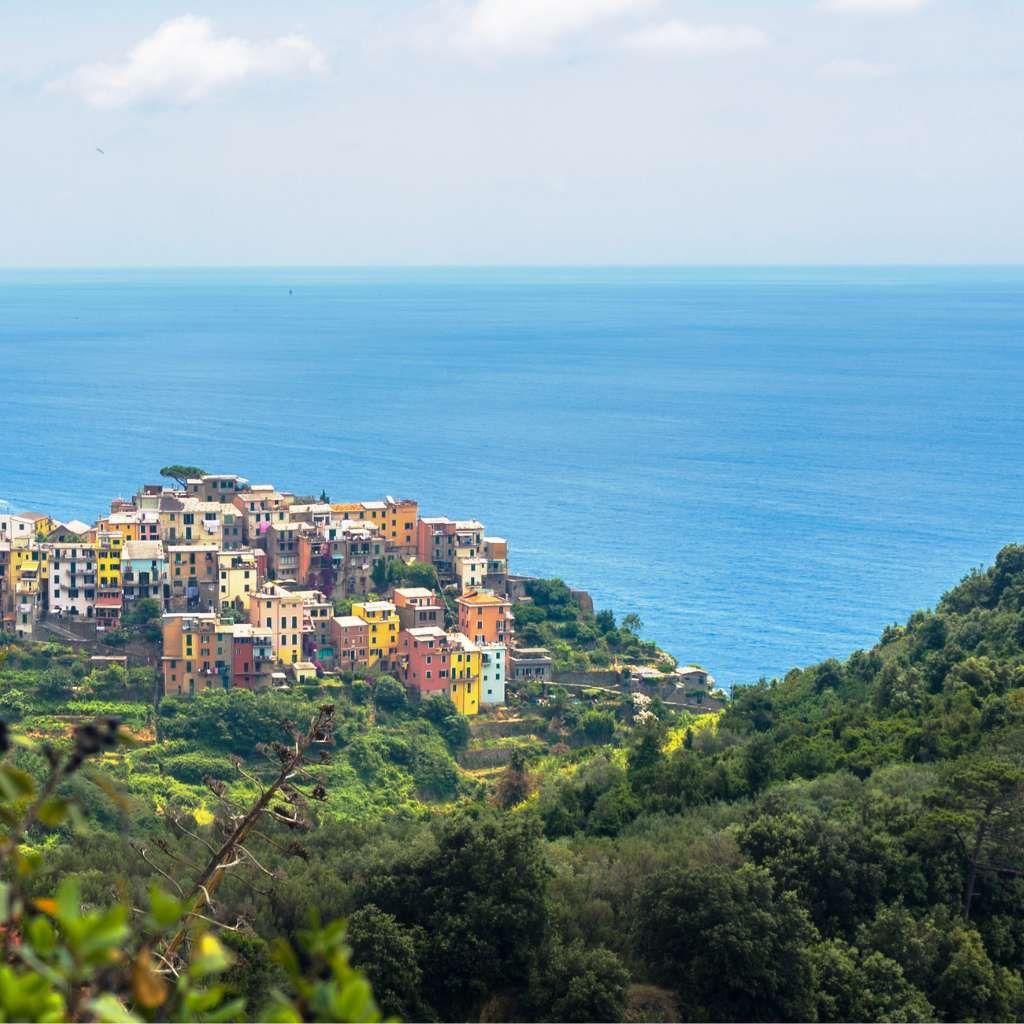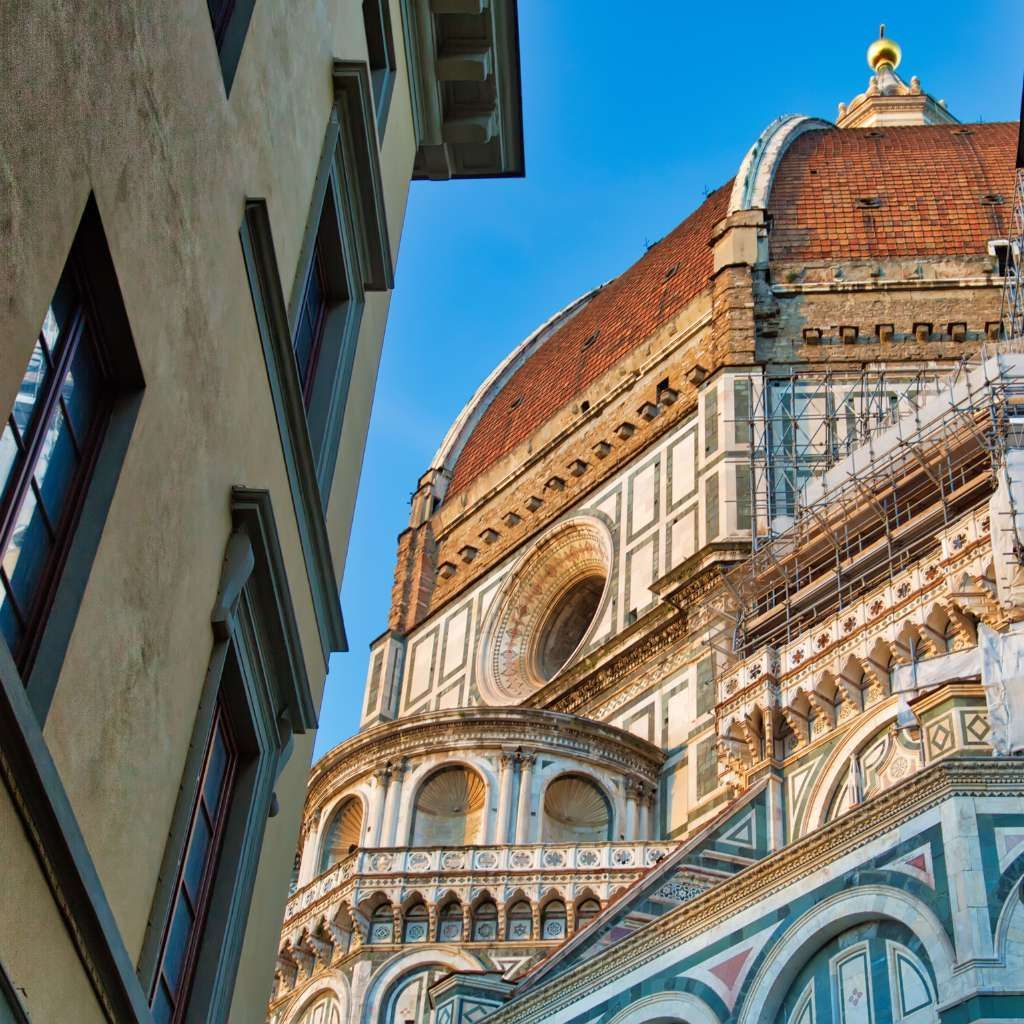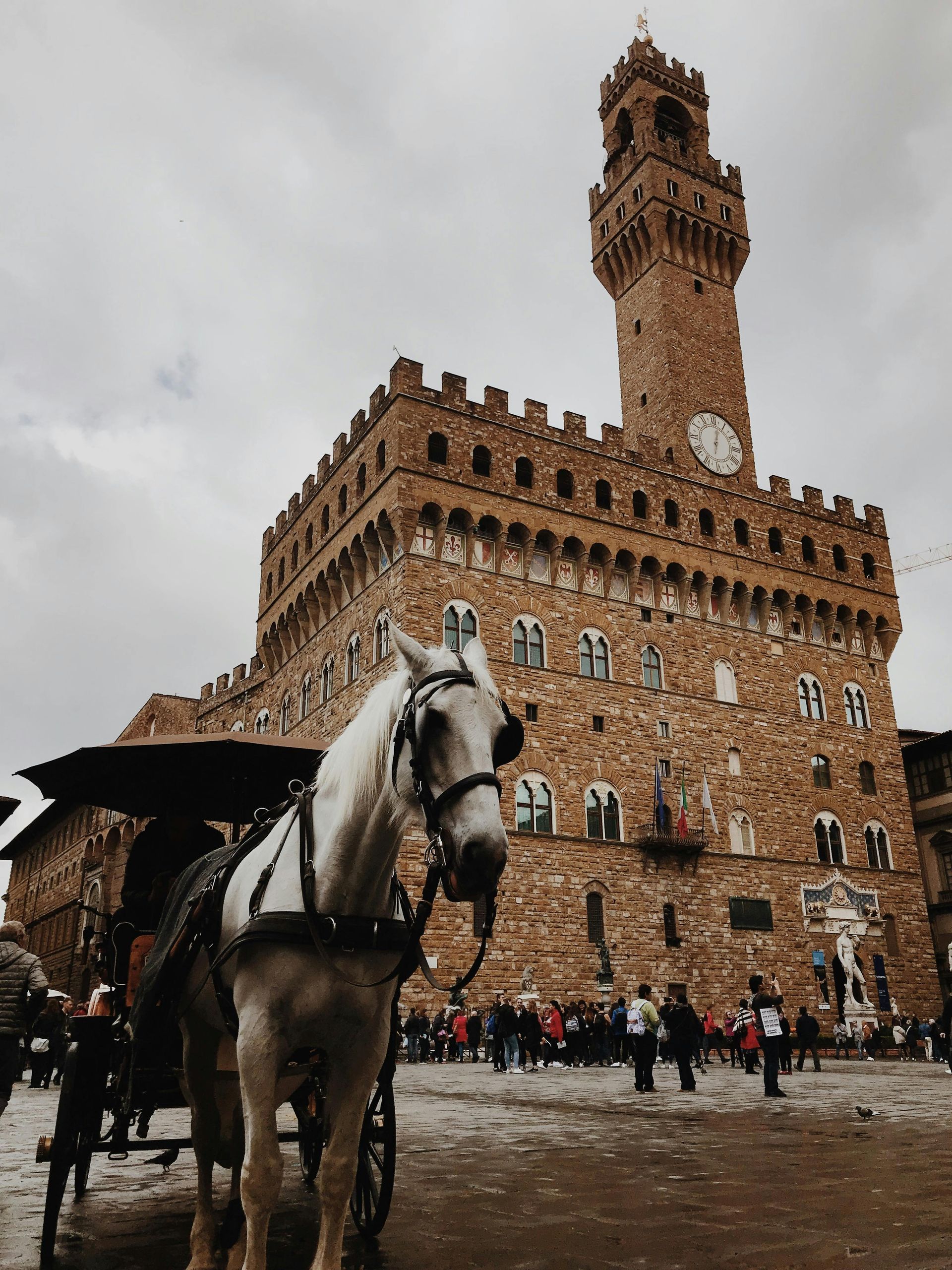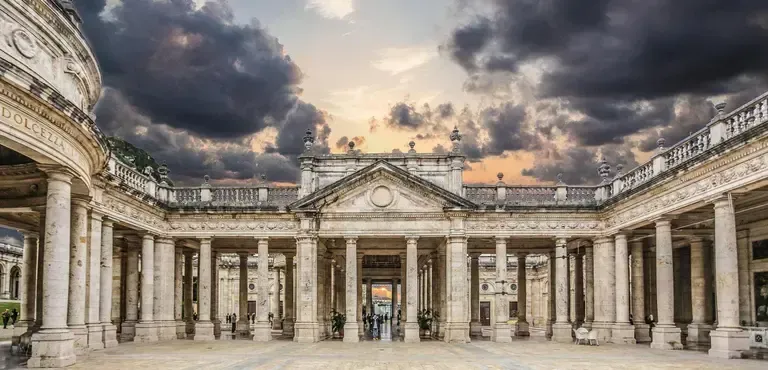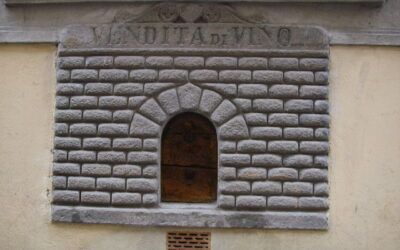TuscanyDailyTours
Why Visit Pisa with Tuscany Daily Tours is Worth the Trip
Are you planning to visit Pisa?
Tuscany is one of the most sought-after destinations in Italy, attracting travelers with its breathtaking landscapes, rich history, and world-famous cuisine. While many visitors flock to iconic cities like Florence and Siena, Pisa is a must-see gem that deserves a spot on your itinerary. Beyond the legendary Leaning Tower, this city is filled with history, artistic masterpieces, and local traditions that offer a deeper, more authentic experience.
To visit Pisa with Tuscany Daily Tours is a great idea to go beyond the usual tourist routes, because we show you
the real essence of Tuscany.
Our Pisa tours are designed to immerse you in the city’s unique atmosphere, taking you through charming streets, hidden corners, and vibrant local markets.
Whether you're interested in history, architecture, or gastronomy, our expert guides will lead you on an unforgettable journey, revealing the true spirit of Pisa.
Get ready to explore Pisa like never before—away from the crowds and into the heart of authentic Tuscan culture!
Visit Pisa with Tuscany Daily Tours is a great idea!
Pisa is a historic city in the heart of Tuscany, central Italy, located along the banks of the Arno River, just before it flows into the Tyrrhenian Sea. Once a maritime power, Pisa's original coastline has shifted westward over the centuries due to sediment deposits from the Arno and Serchio rivers.
While ancient sources like Strabo recorded Pisa as being just 4 km (2.5 mi) from the shore, today it stands about 9.7 km (6 mi) inland. Despite this, the city maintained a strong naval tradition, with ships navigating the Arno well into the Middle Ages.
Just outside the city lies the stunning San Rossore Natural Park, a vast protected area stretching from Pisa to the coast. This nature reserve, once a royal hunting estate, is now a haven of Mediterranean flora and fauna, featuring dense pine forests, wetlands, and sand dunes. The park also encompasses the Arno River Delta, where the river meets the Tyrrhenian Sea in a breathtaking landscape of lagoons and marshlands, making it a perfect destination for nature lovers and outdoor enthusiasts.
Beyond its world-famous Leaning Tower, Pisa attractions are several. The city boasts an extraordinary historical and artistic heritage, including over twenty medieval churches, elegant palaces, and iconic bridges spanning the Arno. The city's wealth and architectural grandeur were largely shaped by its past as one of Italy’s powerful maritime republics.
Pisa Tours: Get to Know the History of the City
During the final years of the Western Roman Empire, Pisa managed to avoid the severe decline experienced by many other Italian cities. This resilience was likely due to its intricate river system, which provided both natural defense and strategic advantages.
As a maritime power, Pisa began to rise and reached its peak in the 11th century, earning recognition as one of Italy’s four great historical Maritime Republics. The city significantly expanded its fleet, primarily to defend against Saracen pirate raids—a move that would cement Pisa’s strength and influence in the Mediterranean.
The port and fleet played a crucial role in Pisa’s economic prosperity, facilitating extensive commercial exchanges that brought wealth and influence. More importantly, Pisa forged strategic alliances with other Maritime Republics and Southern Italian cities, joining forces to repel Saracen incursions and Byzantine expeditions.
By supplying ships and military support to its allies, Pisa’s reach expanded steadily, establishing the city as one of the dominant naval forces in the Mediterranean.
Visit Pisa to Discover Historical Feuds
Italians have long memories, especially when it comes to historical rivalries.
During the 14th century, Pisa and Florence found themselves in frequent and intense conflicts. Florence, a thriving commercial hub, relied heavily on trade flowing through the Arno River and sought complete control over it.
However, Pisa, proudly positioned at the river’s mouth, stood in the way.
In 1498, Florence launched yet another campaign to capture Pisa, enlisting French mercenaries funded by its own citizens. However, by 1503, the Florentine people grew weary of financing the prolonged war. Lacking the military resources for a direct assault, Florence explored alternative strategies—one of which involved rerouting the Arno River to cut Pisa off from both its water supply and its vital harbor. Two engineers, Colombino and Leonardo da Vinci, were among those who proposed solutions for this ambitious plan.
Another significant conflict involving Pisa was its struggle against Lucca for dominance over the smaller Tuscan republic. Giovanni dell’Agnello, Lord of Pisa, had taken control of Lucca, and his successors sought to impose their authority over the city. However, this control was short-lived. On April 6, 1369, Emperor Charles IV, in exchange for a substantial sum of money, declared Lucca’s independence from Pisa.
Even today, Lucca commemorates this historic victory with a grand celebration, featuring medieval costumes, archery contests, drummers, and flag-throwing displays, recalling the moment the city freed itself from its greatest rival.
Nowadays, the Pisa-Lucca rivalry mostly plays out on the soccer field or in debates over which city is more beautiful to visit or live in. But in 1369, achieving independence from a dominant neighboring power was a monumental event.
Discover Pisa Attractions Thanks to our City Tour!
Pisa is infamous for its incredible Leaning Tower. And while it’s fun to take pictures with this must-see site, visitors may be surprised that there are many more Pisa attractions!
The Tuscan town is easy to get to, exciting to explore and drop-dead gorgeous.
Filled with medieval churches and palaces, famous bridges that criss cross the Arno River and a university that has given scholarships to geniuses of Italy since the 12th century, Pisa has plenty to offer visitors who scratch the surface of this beautiful Tuscan town.
Carry on reading to find out what to do in Pisa!
Piazza dei Miracoli: One of the Most Famous Pisa Attractions
Piazza dei Miracoli has been graced with many names over the years and it’s one of the main Pisa attractions.
Originally called the Piazza del Duomo, since the 20th century the name Piazza dei Miracoli, or the Square of Miracles, has been given to this major hitter in Pisa.
Locals also call it the Campo dei Miracoli (Field of Miracles) as a nod to the lush green grass that fills the entire Piazza. This is a rarity among Italian town squares and further proof that this isn’t an average piazza.
Indeed this is a UNESCO protected monumental complex.
It includes the
Cathedral with its one-of-a-kind leaning bell tower, the
Baptistery and the
Campo Santo, or monumental cemetery, each made with pure white marble.
Here you’ll deep-dive into Pisa’s rich Romanesque architecture and histories.
Our guides will be happy to lead you through history, as you learn all about the monuments and the histories of the buildings.
Leaning Tower: History of Pisa Tower
The Leaning Tower of Pisa is part of a remarkable architectural complex that poet Gabriele D’Annunzio famously referred to as "Miracles," inspiring the name Piazza dei Miracoli.
This designation perfectly captures the awe-inspiring nature of the site that hosts these masterpieces.
One of Italy’s most iconic landmarks, the Leaning Tower truly lives up to its name, tilting at a dramatic 3.9-degree angle. Standing 58 meters tall, this bell tower—officially the Duomo’s campanile—took nearly two centuries to complete, yet it was already leaning when it was unveiled in 1372.
The tilt, caused by unstable subsoil, worsened over time until a major stabilization project in the 1990s finally halted its progression.
Construction began in 1173 under the direction of architect Bonanno Pisano, but the project encountered issues almost immediately. By the time the third tier was completed, the tower had already started to lean, forcing a halt in construction. Work resumed in 1272, with builders attempting to reinforce the foundation, but their efforts proved futile. They persevered nonetheless, counteracting the tilt by adjusting the upper levels to rise vertically from the slanted base.
However, construction was once again interrupted—this time due to war—and was only completed in the latter half of the 14th century.
For the next 600 years, the tower continued to lean at an estimated rate of 1mm per year.
By 1993, it had deviated 4.47 meters from the vertical, reaching an alarming tilt of over 5 degrees. To stabilize it, engineers wrapped steel braces around the third tier and anchored them to nearby buildings with steel cables.
They then carefully removed soil from beneath the northern foundation, allowing the structure to settle. After extracting approximately 70 tonnes of earth, the tower gradually returned to its 18th-century inclination, correcting the tilt by 43.8 cm. Experts estimate that these interventions will preserve the tower for at least another three centuries.
In the meanwhile, you can book your visit and climb to the top thanks to our Pisa: Walking Tour and climbing to the Leaning Tower with a skip-the-line ticket.
Visit Pisa? You can’t miss the Cathedral
The Duomo of Santa Maria Assunta, commonly known as Pisa Cathedral, was a groundbreaking architectural achievement in the 12th century—an awe-inspiring masterpiece that remains just as captivating today.
This five-nave Romanesque basilica, adorned with elegant columns and featuring a three-nave transept crowned by an intersecting dome, was unlike anything else in Italy at the time. While the campanile, better known as the Leaning Tower, has since gained worldwide fame for its distinctive tilt, no visit to Pisa would be complete without admiring the grandeur of its Cathedral.
Remarkably, Pisa’s four iconic landmarks—the Cathedral, the Baptistery, the Leaning Tower, and the Camposanto—are all located within a single breathtaking setting: the Piazza dei Miracoli.
Even from the exterior, the Cathedral is a sight of monumental beauty. Its striking presence once left Pisa’s rivals in awe and later inspired numerous imitations. Inside, visitors can admire the magnificent mosaic in the apse, a masterpiece by the Florentine artist Cimabue, and the exquisite marble pulpit crafted by Giovanni Pisano—both of which continue to impress to this day.
Another highlight is the grand chandelier hanging from the wooden ceiling of the central nave, famously known as the “Galileo chandelier”. With its unparalleled artistic and architectural splendor, it is no surprise that the Duomo of Santa Maria Assunta, together with the Leaning Tower, the Camposanto, and the Baptistery, has been recognized as a UNESCO World Heritage Site since 1987.
If you’re curious to visit Pisa’s Cathedral you can choose our tour called “Pisa: Cathedral Guided Tour + Leaning Tower Option”.
Let yourself be enchanted by this wonderful square dominated by the Cathedral, with its Romanesque architecture.
You will visit the interior of the Cathedral with your guide and also have time to take photos inside.
Admire the famous Leaning Tower of Pisa, the round-shaped baptistery surrounded by striking colonnaded arches and its "Camposanto", originally a cemetery, extraordinary quadrangular cloister.
Pisa Tours: the Baptistery
West of the Cathedral stands the Baptistery, one of the
largest baptismal churches in the world.
Situated in the renowned Piazza dei Miracoli, the Baptistery of Pisa is among the city's most striking and celebrated landmarks.
Constructed in the 12th century and dedicated to St. John the Baptist, it beautifully blends Romanesque and Gothic architectural styles. Its grand circular structure, adorned with a refined white
marble façade, is crowned by the largest dome of its kind in Italy.
The interior is just as captivating, featuring a magnificent central baptismal font and remarkable acoustics. One of its most outstanding elements is the elaborately carved pulpit by Nicola Pisano, a masterpiece of medieval sculpture. Visitors can also admire the exquisite frescoes and intricate decorations that embellish the walls.
With its soaring height and harmonious design, the Baptistery is an unmissable attraction, offering breathtaking views of the surrounding square and the iconic Leaning Tower of Pisa.
If you’re curious about visiting the Pisa Baptistery we have a
small group guided tour that will fulfill your knowledge desire.
In our
Visit to the Cathedral, Cemetery, and Baptistery, that includes a climb to the Leaning Tower, you will have
access to the main monuments, following our
expert guides.
Pisa is Much More: Itineraries if you Visit Pisa
To visit Pisa is a great idea, but only with Tuscany Daily Tours you will discover the authentic spirit of the area.
In addition to the main Pisa attractions, there are lots of curiosities and itineraries to follow. Here are some of them!
Pisa University- an Historical Gem
Pisa is vibrant and animated by the great history exuding from its walls and monuments.
Moreover, it has the title of
Queen of Studies, which was given to it by the Florentines.
Pisa is indeed not only one of Italy's best-loved cities of art, but it also remains a young, bustling and lively city where past and present merge.
The city hosts several universities, such as the
Università di Pisa, founded in 1343 which is a public research university and it is one of the
oldest universities in Europe.
Together with Scuola Normale Superiore di Pisa and Sant'Anna School of Advanced Studies, it is part of the Pisa University System.
The culture and the educational system of the city
inspired great minds as the mathematician Leonardo Fibonacci, Galileo Galilei and Nobel prize winners as the writer Carducci and physician Enrico Fermi.
Pisa Off the Beaten Path: discover our authentic 2 hours Tour
City’s attractions are suggestive and a must-see if you visit Pisa for the first time.
But if you want to see more than just the Leaning Tower, we have a Pisa tour that will make you discover the vibrant spirit of this city.
Take a tour of Pisa off the beaten path!
Enjoy a 2-hour small group guided walking tour of the city of Pisa, discovering the major attractions but also exploring some of the sites off the beaten path and popular with locals.
Want some spoilers?
Here you have some steps of the tour!
For example Keith Haring's “Tuttomondo” mural. This is one of the artist's most iconic public works. Created in 1989 on the side of the Church of St. Anthony, it is a vibrant and colorful mural that measures 180 square meters, making it one of the largest public artworks Haring ever produced. The themes of the mural are focused on peace, harmony, and unity, with a blend of abstract and figurative imagery.
Furthermore we will walk ahead Borgo Stretto.
Once crossed the river Arno, we will be on the north bank of the city along the busy Borgo Stretto, in the very heart of Medieval Pisa.
Borgo Stretto is one of the city's most picturesque and historic streets, it is a charming, narrow street lined with elegant medieval buildings. Borgo Stretto is famous for its arcades that stretch along both sides, creating a unique atmosphere that invites visitors to stroll through the area and explore the various boutiques, cafes, and shops.
The street is rich in history and is a great spot to experience the authentic Tuscan charm of Pisa, offering a blend of quiet beauty and lively activity.
This is the perfect tour if you want to blend in and visit original spots in town.
You can book our Small Group Walking Tour of Pisa "off the beaten path” now from here!
Tuscan Cuisine to Taste When you Visit Pisa
Have you ever asked yourself what food is Pisa known for?
Don’t worry, we are happy to help!
Tuscan cuisine, like all Italian cooking, is rooted in the use of fresh, seasonal, and simple ingredients, including legumes, cheeses, vegetables, and fruits. Traditional dishes are crafted from what is locally available at the market, resulting in recipes that are easy to prepare and require just a few key ingredients. Despite their simplicity, these dishes are rich in flavor, hearty, and satisfying.
If you visit Pisa, you should know that every meal is accompanied by the region’s signature bread—a plain, unsalted white loaf. This tradition dates back to the 16th century when a tax on salt led Tuscans to rethink their approach to baking.
Though it may taste mild on its own, Tuscan bread excels at soaking up the delicious juices on your plate, ensuring that no flavor goes to waste and your bread basket is left empty by the end of the meal.
Pisa has a large variety of typical products and recipes, so here’s what food is Pisa known for.
What Food is Pisa Known For
Let’s dive into the delicacies to taste when you visit Pisa.
- Torta coi bischeri – Chocolate and rice tart
- Fettunta – Toasts with olive oil
- Cecìna – Baked chickpea flour
- Zuppa Pisana – Pisa Style Soup
- Panzanella – Bread and tomato salad
If you ever asked yourself
what food is Pisa known for, you now have the answer and the typical recipes. What we suggest is to try our special
Food Tour, where you’ll have time to taste local delicacies.
If you want to visit Pisa but also you don’t want to miss what food is Pisa known for, you can check our combo tours.
You can pick our
Cathedral guided Tour with Leaning Tower and Food Tour, if you want to discover the best of Piazza dei Miracoli, visit the cathedral and then climb to the Leaning Tower.
Then we will take you to the historic center where you will make a gastronomic tour of two and a half hours to discover the culinary traditions of Pisa.
But if you are a
wine lover don’t worry. We want you to discover what food is Pisa known for, but also taste local reds and whites.
Indeed you can book our Pisa: Cathedral guided tour, Leaning Tower ticket and Wine Tasting.
Experience the True Essence of the city with Our Exclusive Pisa Tours
Pisa is so much more than its iconic Leaning Tower.
While this world-famous landmark is a must-see, the city holds countless other treasures waiting to be discovered. From its rich medieval history to its vibrant local culture, Pisa offers an unforgettable experience to every traveler.
By choosing one of our expertly curated tours, you’ll step beyond the typical tourist path and immerse yourself in the city’s authentic charm. Wander through the lively streets of the historic center, marvel at the stunning Piazza dei Miracoli, and explore hidden gems that most visitors miss. Our passionate local guides will bring Pisa’s fascinating history to life, sharing captivating stories about its past and the legends behind its most famous sights.
Of course, if you visit Pisa you have to savor its culinary delights. If you’re wondering what food is Pisa known for, get ready to indulge in delicious local specialties such as cecina, hearty ribollita, and exquisite pecorino cheese. Our Pisa tours will take you to the best spots to taste these authentic flavors, making your experience even more memorable.
So why settle for a simple visit when you can truly connect with the heart and soul of Pisa?
Book your tour today and let us show you the city like never before. Whether you're a history enthusiast, a food lover, or simply looking for a unique adventure, we have the perfect experience waiting for you.
Visit Pisa beyond the postcards—join us for an unforgettable journey!



